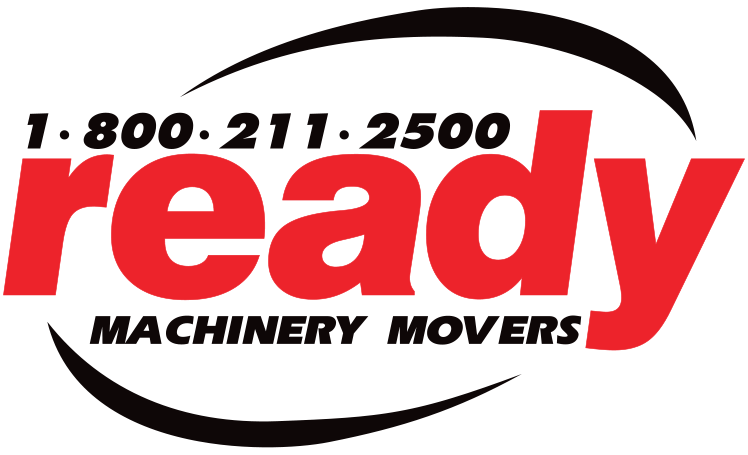Mitigating Risks in Machinery Moving. In the realm of machinery moving, ensuring the safe and successful transportation of heavy equipment isn’t just a matter of logistics; it’s a careful orchestration of various factors to mitigate risks effectively. From the planning stages to execution, a robust contingency plan and thorough risk management strategies are vital. In this blog post, we delve into the essential aspects of mitigating risks in machinery moving operations.
Understanding the Risks
Machinery moving inherently involves numerous risks, ranging from potential damage to equipment and property to safety hazards for personnel and bystanders. These risks can arise from factors such as inadequate equipment, improper handling, adverse weather conditions, or unforeseen obstacles during transit. Ensuring your staff are aware of the risks and understand them, is the first step towards devising effective mitigation strategies.
Thorough Planning and Assessment
A comprehensive risk management approach begins with meticulous planning and assessment. Before embarking on a machinery moving project, it’s crucial to ensure all relevant staff are on the same page with each stage. Additionally, conduct a detailed evaluation of the equipment, the route of transportation, site conditions, and potential obstacles. This assessment helps identify potential hazards and vulnerabilities, allowing for proactive measures to be implemented.
Developing a Contingency Plan
A contingency plan serves as a blueprint for responding to unexpected events or emergencies during machinery moving operations. It outlines predefined actions and protocols to address various scenarios, such as equipment malfunctions, route deviations, or adverse weather conditions. In order to have a robust contingency plan, you must consider emergency contact information for key personnel and stakeholders involved in the project. Alternative routes and transport modes should also be considered in case of road closures or other unforeseen circumstances. Additionally, you should ensure the availability of backup machinery and equipment to mitigate delays in case of breakdowns or technical issues. This will save a lot of time and also money if this circumstance where to occur.
Training and Preparedness
Ensuring that personnel involved in machinery moving operations are adequately trained and prepared is essential for effective risk management. Training programs should cover safety procedures, equipment operation, emergency response protocols, and hazard awareness. Regular drills and simulations can help reinforce preparedness and ensure that personnel can respond swiftly and effectively in real-world scenarios.
Continuous Monitoring and Adaptation
Risk management in machinery moving is an ongoing process that requires continuous monitoring and adaptation. Throughout the duration of the project, stakeholders should be aware for any emerging risks or deviations from the planned course of action. Regular checkpoints and performance evaluations enable proactive adjustments to the contingency plan, making sure it is relevant and effective in dynamic environments.
Mitigating risks in machinery moving requires a proactive approach that encompasses thorough planning, robust contingency plans, and diligent risk management practices. By following all the above processes, machinery moving companies can minimize potential disruptions and ensure the safe and successful transportation of heavy equipment. Effective risk mitigation not only safeguards the integrity of the equipment and property, but also protects the well-being of personnel and upholds the reputation of the company in the industry.
